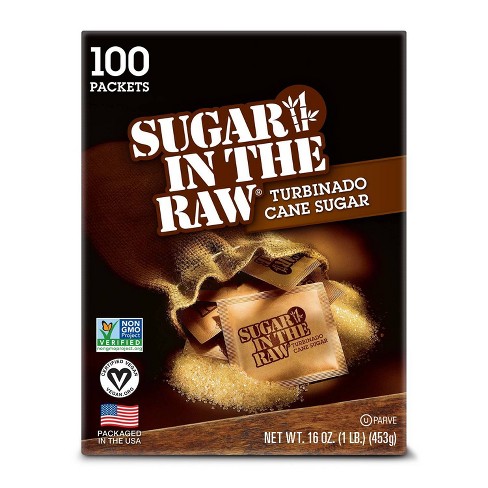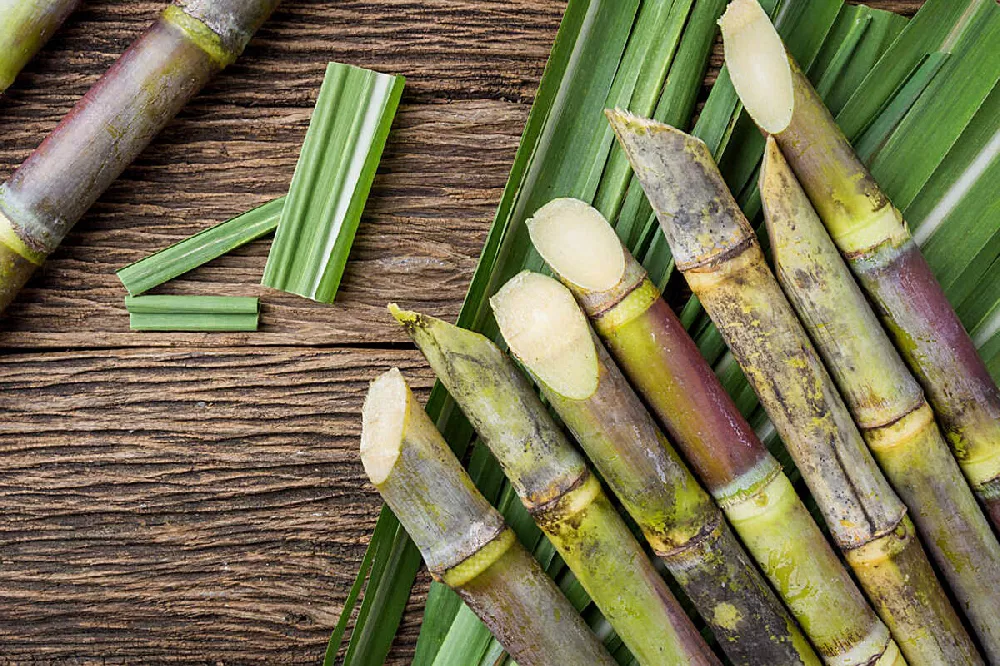Cane Sugar Processing: From Field to Table-- A Step-by-Step Guide
Cane Sugar Processing: From Field to Table-- A Step-by-Step Guide
Blog Article
Discovering the Comprehensive Tips Associated With Cane Sugar Handling From Gathering to Refinement
The procedure of cane sugar manufacturing includes a collection of elaborate steps, starting with the careful harvesting of sugarcane and finishing in the refinement stages that ensure the last item satisfies sector requirements. Each stage, from the extraction of juice to the filtration and crystallization procedures, plays a critical role in determining the top quality and character of the sugar. Recognizing these stages not only highlights the complexity of sugar manufacturing however additionally increases critical inquiries regarding efficiency, sustainability, and technology in the sector. What ramifications do these elements have for future practices?
Collecting Sugarcane
Collecting sugarcane is a vital action in the cane sugar processing chain, as it directly affects the top quality and return of the end product. Appropriate timing and methods are necessary throughout this phase to guarantee ideal sugar content and reduce losses. Usually, sugarcane is gathered when it reaches maturity, usually 12 to 18 months after growing, identified by a high sucrose focus.

Post-harvest, the sugarcane should be refined swiftly to stop sucrose destruction. Ideally, collected cane ought to be transported to refining centers within 24 hr to preserve sugar quality. Therefore, reliable logistical planning is essential to preserve the stability of the harvested plant throughout the supply chain.
Extraction Process

The smashed cane is subjected to a collection of pushing procedures to maximize juice recuperation. Commonly, warm water is sprayed onto the crushed cane, developing a countercurrent circulation that assists dissolve the sugar while additionally helping in the extraction procedure. The juice gathered from this operation contains not just sugar however also numerous natural compounds and contaminations.

To enhance extraction efficiency, some facilities may utilize diffusion techniques, where the sugarcane is taken in warm water, permitting the soluble sugars to diffuse right into the fluid. The resulting juice, abundant in sucrose, is after that routed to succeeding handling phases, laying the structure for filtration and improvement. The extraction process is therefore critical in figuring out the high quality and yield of the final sugar product.
Purification Techniques
The purification techniques employed in cane sugar processing are vital for transforming the raw juice into a premium sugar product. These techniques mainly aim to eliminate pollutants, such as dirt, plant materials, and inorganic substances, which can negatively affect the final item's taste and color.
This procedure entails adding lime and warmth to the raw juice, which assists in the coagulation of impurities. In addition, the usage of phosphoric acid can enhance the explanation process by more binding pollutants.
An additional considerable technique is carbonatation, where co2 is introduced to the cleared up juice. This reaction creates calcium carbonate, which captures staying impurities and advertises their removal.
Moreover, activated carbon therapy may be used to adsorb any type of staying colorants and organic impurities, making certain a more polished item. The mix of these techniques properly prepares the sugar juice for succeeding action in the refining process, establishing the phase for the production of top quality cane sugar.
Crystallization Techniques
After the filtration phase, the next essential step in walking stick sugar handling involves condensation techniques, which play a pivotal role in transforming the made clear juice right into solid sugar. This process normally uses two main techniques: spontaneous formation and regulated crystallization.
In spontaneous condensation, supersaturated sugar solutions are allowed to cool normally, causing the development of sugar crystals over time. This method is easier yet may lead to unequal crystal dimensions and lower pureness levels. On the various other hand, managed crystallization is an extra specific technique where temperature level, seeding, and focus agents are thoroughly taken care of. This technique permits the uniform development of sugar crystals and greater purity.
During formation, the made clear juice is concentrated with dissipation, raising its sugar material till it reaches supersaturation. As soon as this factor is accomplished, either method can help with the condensation process. Cane Sugar Processing. The resultant sugar crystals are then separated from the remaining syrup with centrifugation
Ultimately, the selection of crystallization method impacts the high quality, dimension, and pureness of the last sugar item, making this action vital in the general walking stick sugar processing procedure.
Improvement and Product Packaging
How can the purity and quality of cane sugar be better enhanced after formation? The improvement procedure plays a critical duty in attaining high-quality walking cane sugar.
Following, the sugar goes through a procedure called centrifugation, where it is rotated at broadband go now to divide the cleansed sugar crystals from the staying fluid. After centrifugation, the sugar is commonly additional fine-tuned through a technique called carbonization or phosphatation, which utilizes triggered carbon or phosphoric acid to remove shade and off-flavors.
When visit our website fine-tuned, the sugar is dried out to achieve the wanted wetness web content, ensuring that it remains secure throughout storage space and transportation. The final action includes packaging the refined sugar in moisture-proof and airtight containers to keep its quality and protect against contamination. Cane Sugar Processing. Appropriate packaging not just expands life span however also assists in easy handling and circulation, guaranteeing that consumers receive sugar that meets the greatest standards of pureness and quality
Verdict
The extensive actions entailed in walking cane sugar processing, from the precise harvesting of sugarcane to the complex refinement and packaging stages, emphasize the importance of each phase in ensuring top quality sugar manufacturing. Optimum harvesting techniques, effective removal techniques, and strenuous filtration processes collectively add to the end product's pureness and stability. The formation and subsequent packaging methods additionally enhance the stability and rack life of the sugar, highlighting the complexity and accuracy inherent in this important read what he said farming industry.
The process of walking stick sugar manufacturing incorporates a collection of complex actions, starting with the mindful harvesting of sugarcane and culminating in the refinement phases that guarantee the final product satisfies sector criteria. Ideally, collected cane needs to be transported to processing centers within 24 hours to preserve sugar top quality.In spontaneous condensation, supersaturated sugar solutions are allowed to cool normally, leading to the formation of sugar crystals over time - Cane Sugar Processing. The improvement process plays an important duty in accomplishing high-quality walking cane sugar.The extensive actions involved in walking stick sugar handling, from the precise harvesting of sugarcane to the intricate refinement and product packaging stages, highlight the importance of each phase in making certain premium sugar manufacturing
Report this page